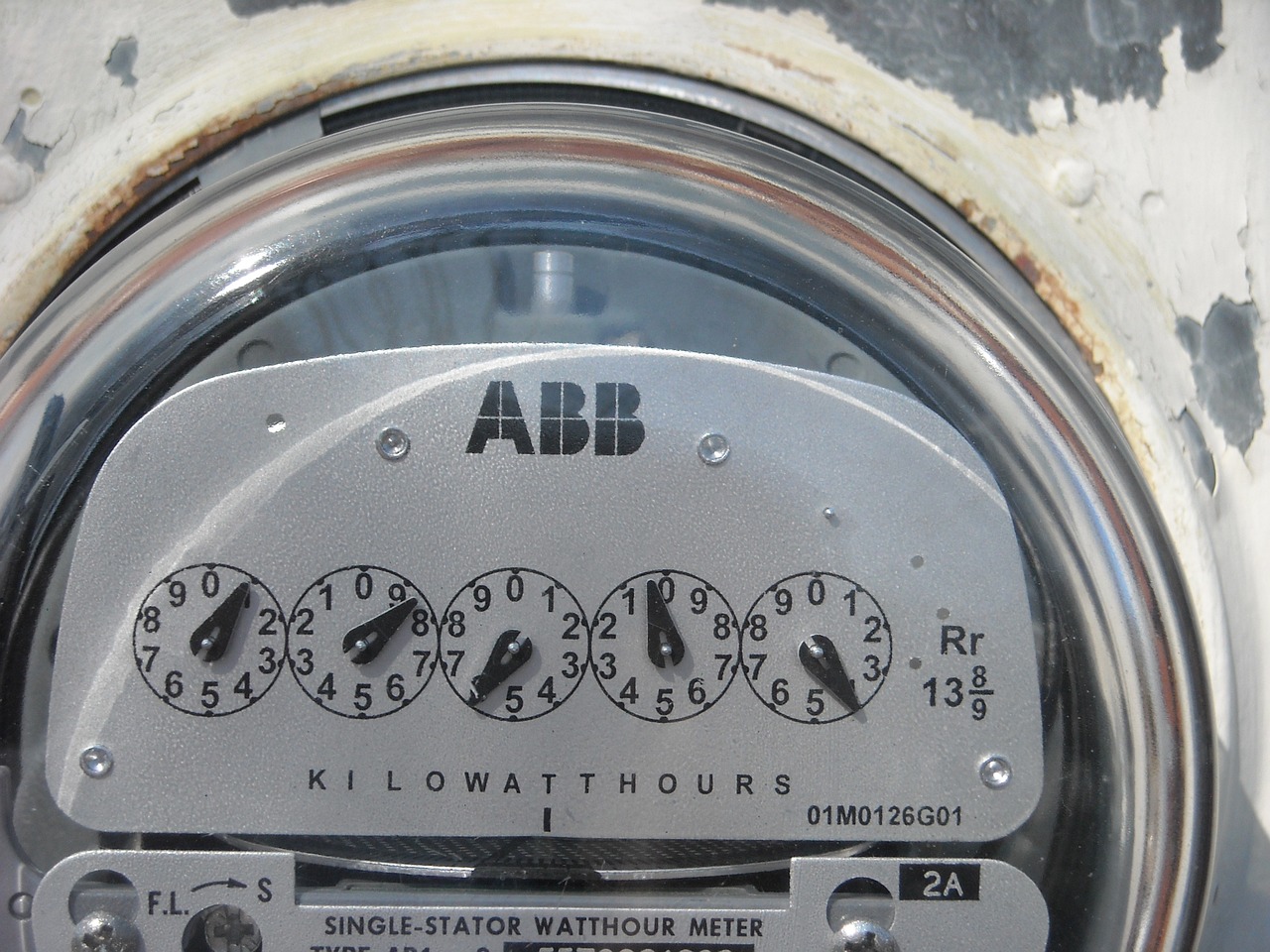Surface Hydrology Monitor: A Comprehensive Guide to Monitoring and Managing Water Resources
Surface Hydrology Monitor: A Comprehensive Guide to Monitoring and Managing Water Resources provides a comprehensive understanding of surface water resources monitoring and management. The guide explains the importance of surface water resources and their impact on the environment, economy, and society. It also provides detailed information on monitoring techniques, data collection, and management practices to ensure the sustainable use of surface water resources. The guide is intended for professionals, policymakers, and students in water resources management and environmental sciences.
Abstract:
This guide provides a comprehensive overview of surface hydrology monitoring, including the importance of monitoring, types of monitoring devices, methods of data collection and analysis, and applications in water resource management. It emphasizes the role of the surface hydrology monitor in assessing water quality, quantity, and flow characteristics, essential for effective water resource management. The guide also highlights the need for integrated monitoring approaches to provide a comprehensive understanding of surface water systems.
I. Introduction
Surface hydrology monitoring is essential for understanding the dynamics of surface water systems and managing water resources effectively. Surface hydrology monitors, also known as water level sensors or water quality sensors, measure water levels, flow rates, and water quality parameters to provide crucial information for water resource managers. This information helps to assess the status of surface water systems, identify potential threats to water quality and quantity, and evaluate the effectiveness of water management strategies.

II. Types of Surface Hydrology Monitors
Surface hydrology monitors come in a variety of types, each designed to measure specific parameters or characteristics of surface water systems. Common types include:
1、Water level sensors: These sensors measure the level of water in a body of water, such as a lake, reservoir, or stream. They are typically equipped with pressure sensors that convert pressure changes into water level changes.
2、Flow rate meters: These devices measure the rate at which water flows through a particular section of a channel or pipe. Common flow rate meters include velocity meters and volumetric meters.
3、Water quality sensors: These sensors measure various water quality parameters, such as pH, dissolved oxygen, and turbidity. They are often used to assess the condition of surface water bodies and evaluate the impact of pollution on water quality.
III. Methods of Data Collection and Analysis
Data collection and analysis are crucial steps in surface hydrology monitoring. Common methods include:
1、Sampling: Collecting water samples from various locations within a surface water system to measure water quality parameters. Samples are typically analyzed in a laboratory to determine their chemical and physical characteristics.
2、In-situ measurements: Using sensors and other monitoring devices to measure water levels, flow rates, and water quality parameters directly in the field. This approach provides real-time data that can be used to monitor the status of surface water systems in near-real time.
3、Remote sensing: Using satellites, drones, or other remote sensing techniques to monitor surface water systems from afar. This approach allows for large-scale monitoring but may be limited by factors such as cloud cover or terrain complexity.
IV. Applications in Water Resource Management
Surface hydrology monitoring has numerous applications in water resource management, including:
1、Reservoir management: Monitoring water levels and flow rates in reservoirs to ensure optimal storage and release of water for irrigation, hydropower, and other uses.
2、Streamflow management: Assessing streamflow characteristics to understand the impact of flow patterns on aquatic habitat and water quality. This information can be used to develop management strategies that protect stream ecosystems while meeting human water needs.
3、Water pollution control: Monitoring water quality parameters to detect pollution sources and evaluate the effectiveness of pollution control measures. Surface hydrology monitors can help identify problem areas and prioritize cleanup efforts.
4、Flood prevention and response: Monitoring water levels and flow rates during flood events to help predict and respond to flooding threats. This information can aid in making decisions about evacuation, rescue efforts, and damage assessment after a flood event.
5、Environmental impact assessment: Assessing the impact of various human activities on surface water systems by monitoring changes in water levels, flow rates, and water quality parameters before and after such activities occur. This information can help decision-makers understand potential environmental consequences of proposed projects or policies affecting surface water systems.
V. Integrated Monitoring Approaches
Integrated monitoring approaches combine multiple types of monitoring devices and methods to provide a comprehensive understanding of surface water systems. These approaches involve combining data from different sources to create a holistic picture of surface water system health and status that can inform decision-making about management strategies at all scales from local to global levels . Integrated monitoring approaches can help identify relationships between various parameters within surface water systems (e . g . , correlation between pH changes and bacterial growth ) as well as between surface waters and other environmental factors (e . g . , relationship between streamflow patterns and riparian habitat ). By providing a comprehensive understanding , integrated monitoring approaches can help ensure effective management practices are implemented to protect surface waters from pollution , degradation , or destruction .
Articles related to the knowledge points of this article:
Hydrological Monitoring: Importance and Applications
Hydrological Monitoring Indices: Importance and Applications
Monitoring Hydrology: Importance and Application
Marine Hydro-Meteorological Monitoring: Importance and Challenges
Hydrological Monitoring Project: Importance and Application
Title: Classification Principle of Hydrologic Monitoring Engineering Projects